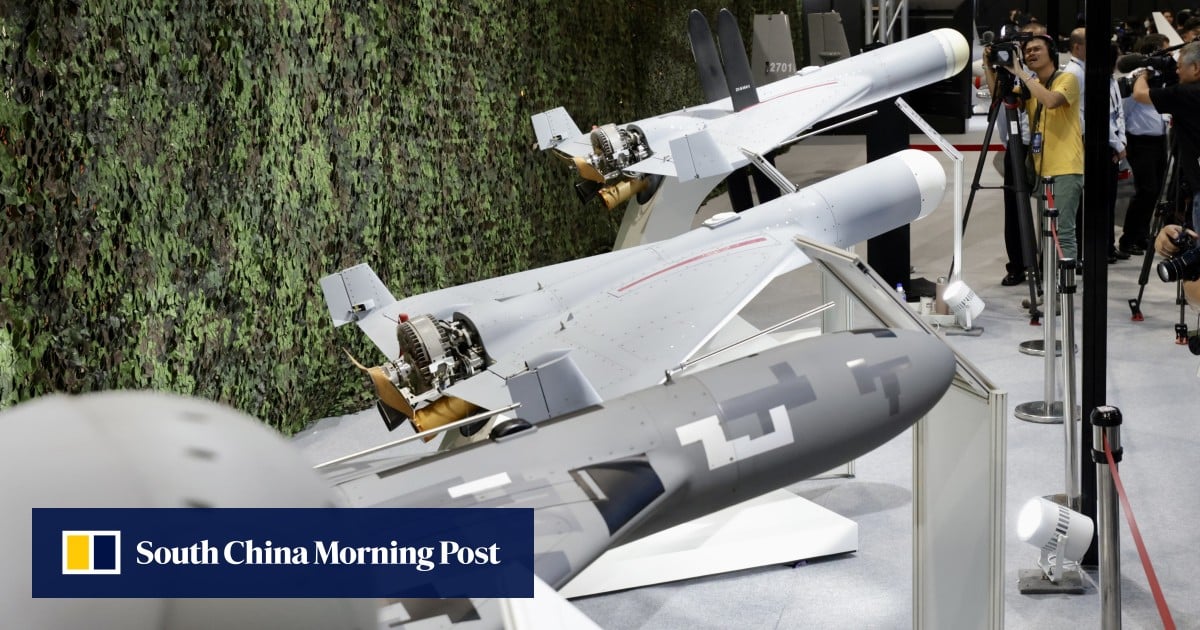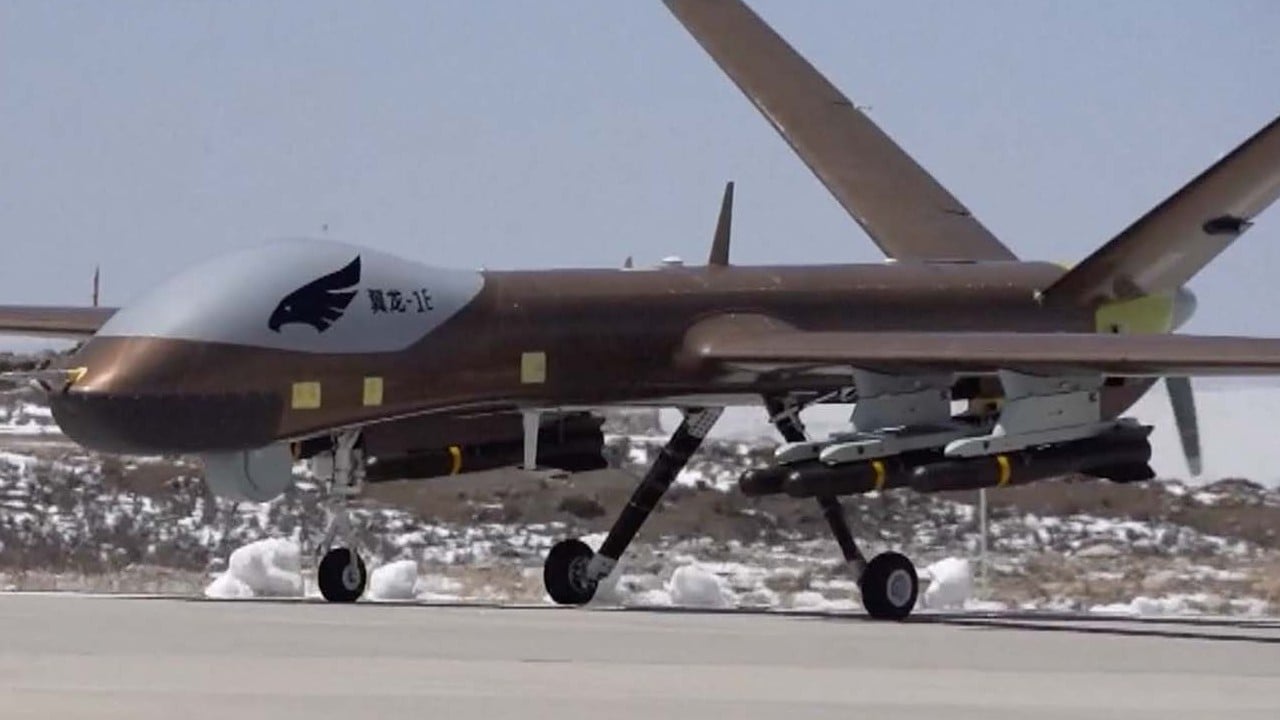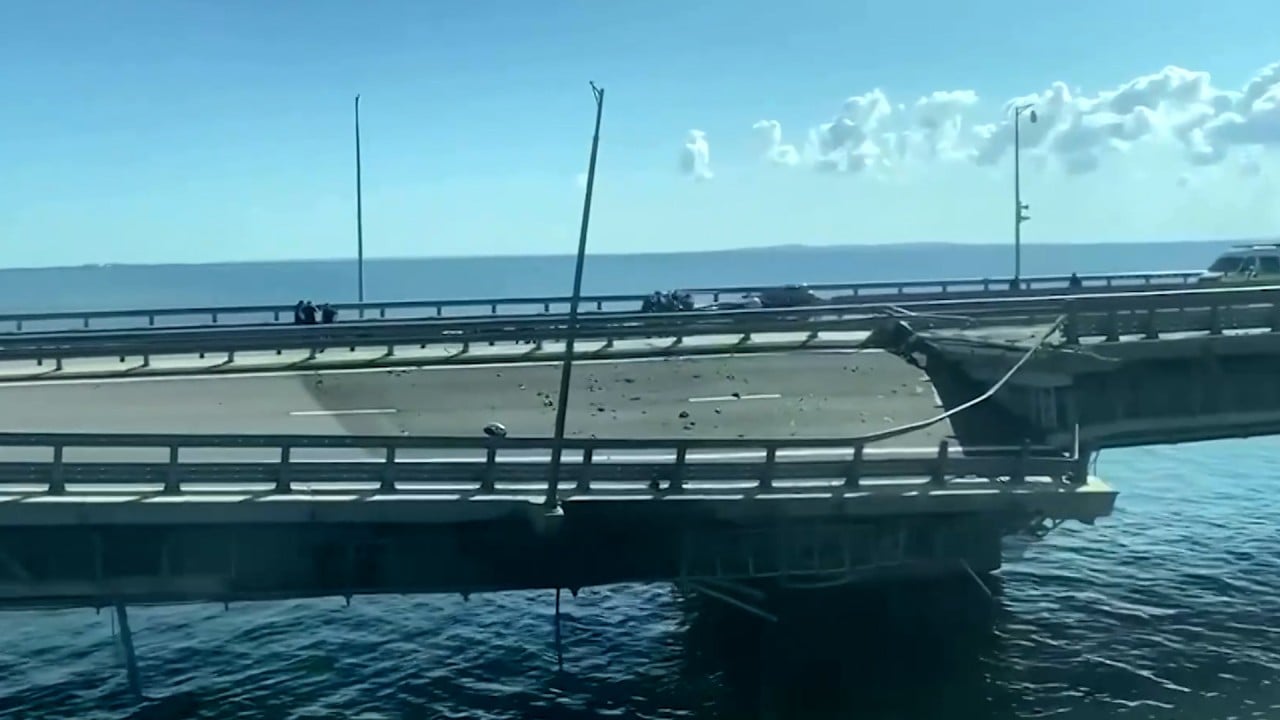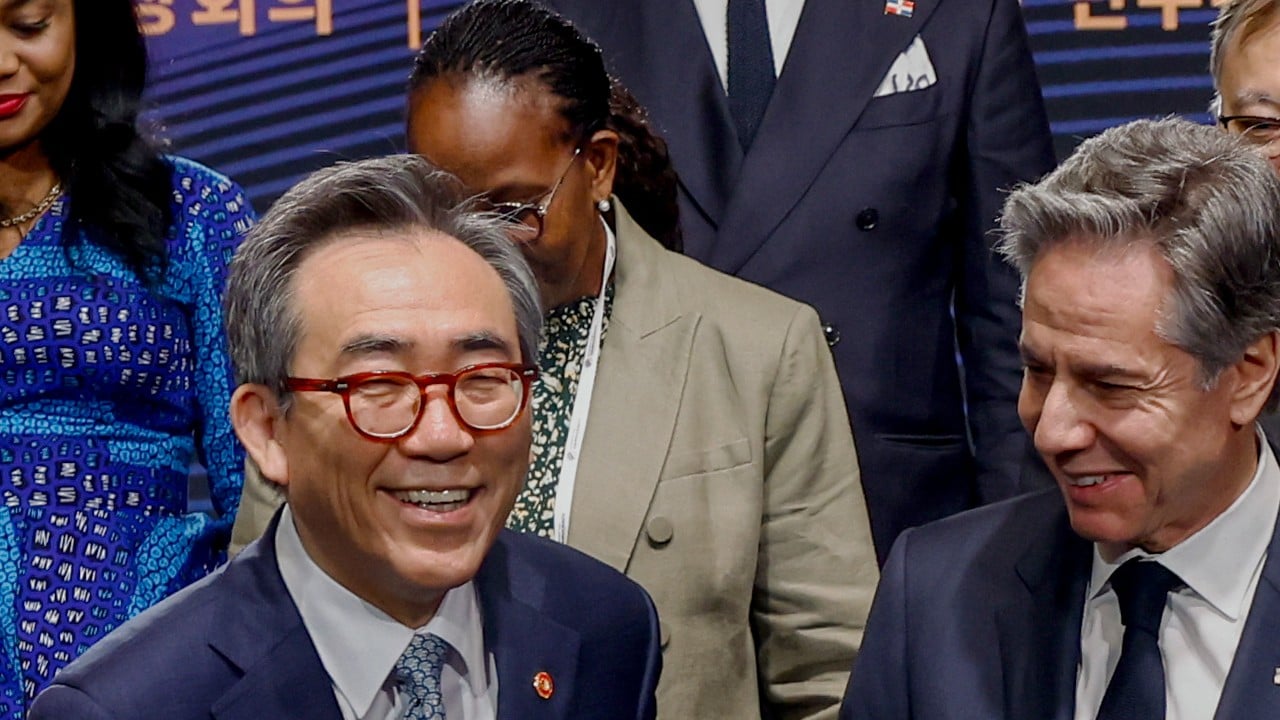Prototypes of 35 drones have completed testing and are ready for mass production, according to the report.
More powerful drones are on the way, with the government-funded National Chung-Shan Institute of Science and Technology contracted to develop eight types of surveillance and attack UAVs, including the Type-2 suicide drone, the report said.
The report said MQ-9B SkyGuardian drones are also on order from the US.
Most countries, including the US, do not recognise Taiwan as an independent state. Beijing is determined to bring the island under its control and views any move towards independence as a “red line” that must not be crossed.
Washington, Taiwan’s main arms supplier, opposes any attempt by Beijing to alter the status quo by force.
Drone warfare has already proved effective in the wars in Ukraine and the Middle East and the ministry’s plan is seen as a response to future war patterns as well as growing threats from Beijing.
The US$467 million deal includes two ground control systems, spare parts and support equipment, with the US scheduled to deliver the first two MQ-9B in 2026, followed by two more in 2027.
The US State Department said the MQ-9Bs would provide Taiwan with “intelligence, surveillance and reconnaissance, target acquisition [as well as] counter-land, counter-sea, and anti-submarine strike capabilities for its security and defence”.
Taiwan ‘to get defensive boost’ with Nato’s Link 22 and US SeaGuardian drones
Taiwan ‘to get defensive boost’ with Nato’s Link 22 and US SeaGuardian drones
According to the ministry report, the military will assign the MQ-9B and other drones to all branches of its armed forces for joint operations as well as tactical, combat, and other missions.
Taiwanese Defence Minister Chiu Kuo-cheng told lawmakers on Wednesday that the military had no plan to set up an independent UAV force, deciding it would be “more effective” for the different branches to operate the drones “according to their planned missions”.
The ministry also announced plans to strengthen training for the military’s drone operators to improve their operational and combat skills, as well as overcome the drastic shortage of qualified personnel, currently numbering 210.
A training centre will be established to teach how to remotely control the devices in combat, surveillance, intelligence gathering and other situations, as well as how to deal with various combat patterns and enemy threats, the report said.
From next month, the ministry will also contract civilian local agencies to train 320 drone operators for recruitment by the military.
“Those recruited will be assigned as seed coaches to teach soldiers in various branches of the military to operate small-size drones,” Chiu told the legislature meeting. Local and US suppliers would also be required to help train the drone operators, he said.
Asked if the 320 seed coaches would be adequate to train enough soldiers to operate the drones, Chiu said the ministry’s aim was to match the number of operators with that of the devices.
Ministry officials also spoke at the meeting, telling lawmakers that the military would be drawing lessons from Ukraine by deploying uncrewed surface vessels (USVs) for use in potential sea battles with the People’s Liberation Army.
Ukrainian forces have effectively used USVs to destroy a number of vessels from the much larger Russian Black Sea Fleet, including landing craft, a submarine, supply ship, patrol boats, and missile corvettes.
Observers said Taiwan must move quickly, as its military drone capabilities will be key to the island’s asymmetric warfare strategy to tackle any potential attacks from the People’s Liberation Army.
“Some reports said Taiwan is at least five years, if not 10 years, behind mainland China in developing military drones, especially USVs,” said Max Lo, executive director of Taipei think tank the Taiwan International Strategic Study Society.
“Though it is not easy for us to catch up, we must manage to have our uncrewed systems ready for combat in the next two years or so, as military drones are definitely a key [component of modern] warfare,” he said.
Will drones replace human agents in Chinese military missions within 10 years?
Will drones replace human agents in Chinese military missions within 10 years?
Lo said close cooperation between the military and civilian sectors was called for to achieve the mass production capability to meet the island’s drone needs. The 3,000-odd drones planned for the next few years are inadequate for the demands of war.
“Ukraine consumes at least 10,000 drones a month in its war with Russia, and we must greatly enlarge our production capacity if we have to deal with the PLA in a potential cross-strait conflict,” he said.
Chen Kuo-ming, a military expert and editor of the Taipei-based monthly magazine Defence International, said Taiwan was still in the early stages of developing USVs.
“Undeniably, we are way behind mainland China, which has extensive research, development, and production of both military and civilian unmanned boats,” he said.
According to Taipei-based newspaper Liberty Times, the Chung-Shan Institute has budgeted NT$810 million (US$25 million) to develop two attack-type remote-control unmanned vessels with the aim of starting mass production by 2026.
Shu Hsiao-huang, a senior analyst at government think tank the Institute for National Defence and Security Research, said the military must set combat goals before developing the uncrewed systems, warning that it would be a waste of time and money if the products did not meet combat needs.
“It is also important for the military to recruit as many qualified operators as possible so that in the event of a conflict, we will not run out of professionals to operate the vehicles,” he said.
The military must also include drone operation as part of its training for conscripts and reservists, Shu said. “Many high school and university students have UAV operation experience and they should also be considered when the military recruits operators.”










